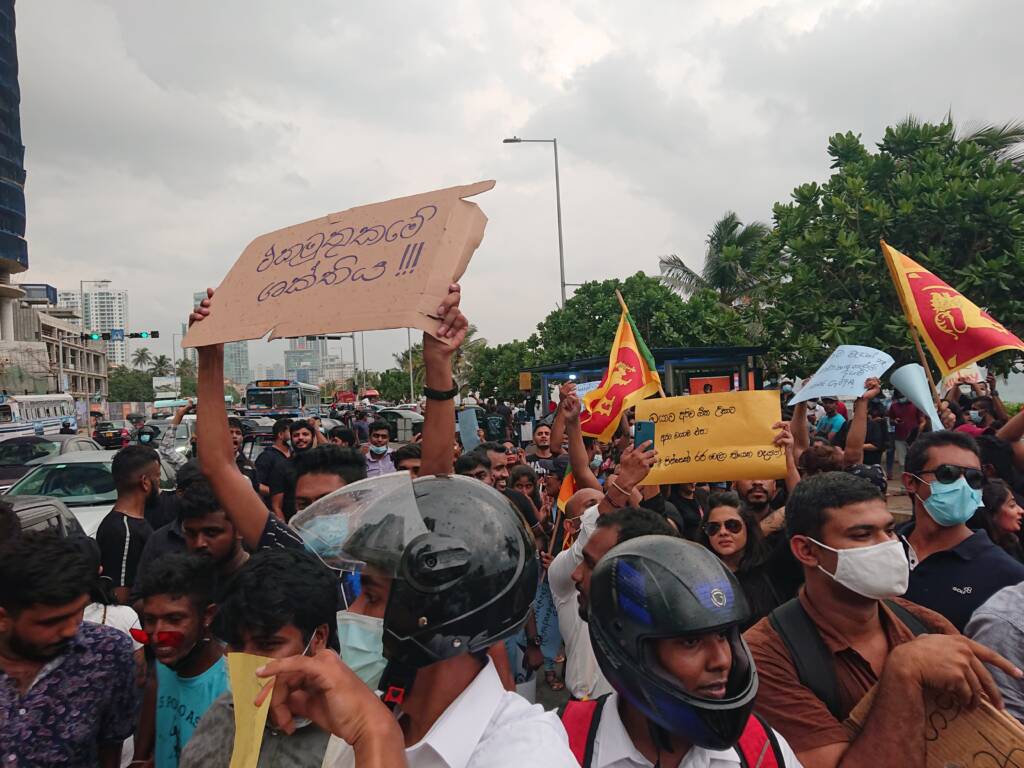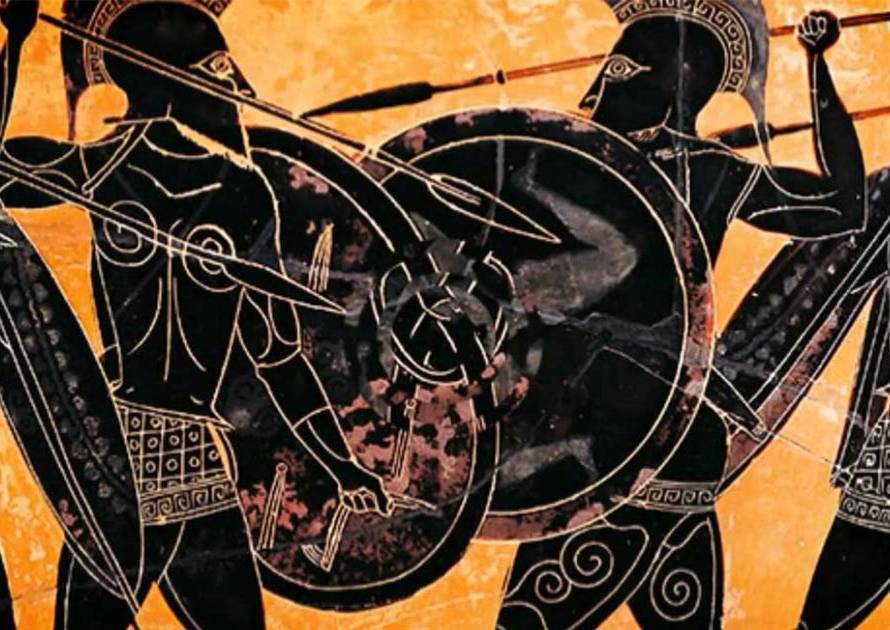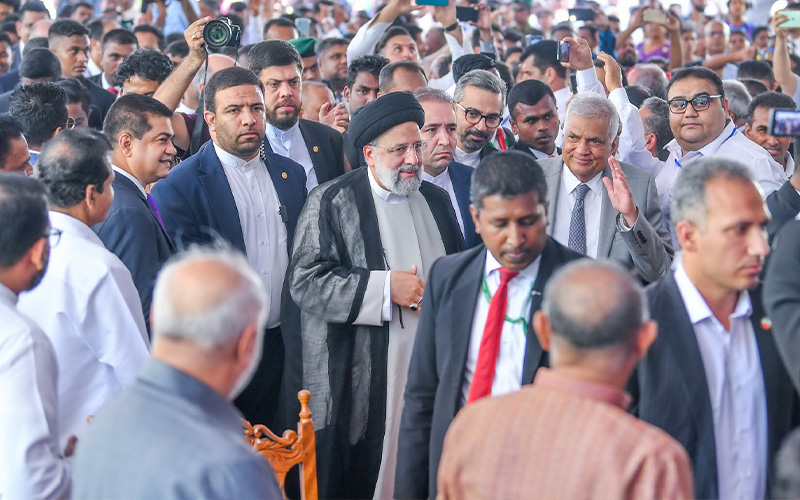
By Rumeth Jayasinghe
On March 31, 2022, Sri Lankans stormed the streets and held demonstrations in front of the then President’s private residence in Mirihana, demanding his resignation. The protest remained largely peaceful, until police attacked the protestors with tear gas and water cannons. It marked the beginning of a series of demonstrations which would completely change Sri Lanka’s economic and political landscape.
People organized protests due to worsening economic conditions. 13-hour power cuts, fuel shortages, and soaring prices had become a fact of life.
This crisis had a significant economic dimension, with several factors accounting for it.
1. Tax cuts and depleting revenues
Soon after assuming office, the Gotabaya Rajapaksa government announced tax cuts that adversely affected revenues. VAT and Corporate Taxes were slashed while PAYE and Nation Building Taxes were removed, causing the fiscal budget deficit to balloon.
These cuts were enforced to spur economic activity and investment. Such measures would have borne fruit had the COVID-19 pandemic not come to be. Owing to the pressures of the pandemic, however, the Inland Revenue Development lost more than Rs 600 billion in revenue.
2. Money printing and rising inflation
With the rise of the COVID-19 pandemic, production activities came to a halt. To cover up accumulating expenditures, the Central Bank of Sri Lanka opted to print money in unprecedented amounts, despite warnings from the IMF and economic experts.
For instance, on April 6, 2022, the Central Bank allegedly printed Rs 119.08 billion. Since the money was not diverted to productive activity and instead went to finance consumption, money printing led to hikes in prices of most essentials, including fuel and gas.
3. The overnight decision to shift to organic fertilizer
In April 2021, President Rajapaksa announced a total ban on chemical fertilizers, in a bid to shift to organic fertilizer.
The ban came as a shock to many, including farmers. For the most, the decision was not welcomed by farmers, and they demanded that the government reverse its decision. At official levels, too, there was some opposition to the proposal, with calls for a phased out rather than an overnight shift to organic.
The ban led to a drop in tea production, with one estimate putting the resultant loss at 40 percent. The 2020/2021 Maha season experienced a 37 percent drop in its harvest.
4. The COVID-19 pandemic
Had the pandemic not happened, the country could have squeezed in USD 3-5 billion in revenue from tourism, which collapsed due to travel restrictions. The tourism industry had already faced a fallout from the 2019 Easter Sunday attacks. The pandemic only worsened this.
5. Mounting debt levels
By April 2022, Sri Lanka’s external debt was estimated to be USD 34.8 billion. The country began to face difficulties in repaying its debts, as it was experiencing a combination of a balance of payments deficit and a budget deficit.
Despite foreign exchange shortages, moreover, the Central Bank opted to settle an ISB (International Sovereign Bond) worth USD 500 million in January, depleting foreign reserves. The government had been requested to postpone the payment to preserve existing reserves.
6. Foreign currency shortages and import restrictions
Sri Lanka faced crippling forex shortages due to debt service payments, a fall in tourism earnings, and a drop in remittances. The fixed exchange rate maintained by the Central Bank led to expat workers resorting to unofficial channels, causing banks to run out of dollars.
Due to depleting official foreign currency reserves, the government and the Central Bank decided to suspend non-essential imports. The decision impacted several industries in Sri Lanka, as they were, and are, dependent on imports of intermediate goods.
7. Negative credit ratings and an unfavorable external environment
Since foreign reserves could not bear or meet its foreign debt obligations, agencies like Fitch and Standard & Poor’s downgraded Sri Lanka’s credit ratings. This damaged its reputation with lenders and investors, making it harder to borrow money from global capital markets.
The Russia-Ukraine War also had an impact on Sri Lanka’s economy, mainly through the tourism and tea industries. At the time Russia was Sri Lanka’s second biggest market for tea and the tourism industry was heavily reliant on Russia and Ukraine.
8. Official reluctance to enter into an agreement with the IMF
Despite growing concerns about the crisis and the impending fallout, the government and the Central Bank refused to consider an IMF bailout, since they believed Sri Lanka could get through the crisis with homegrown solutions.
Dr W. D. Lakshman and Ajith Nivard Cabraal remained ardent critics of the IMF and neoliberal policies, their argument being that IMF policies would entail austerity and the abandonment of a fixed exchange rate, leading to a severe depreciation in the currency.
In April 7, 2022, the government appointed Dr Nandalal Weerasinghe as the new Governor of the Central Bank, following Cabraal’s resignation three days earlier.
Following his appointment, Dr Weerasinghe tightened monetary policy to curtain rising inflation by raising the SLFR (Standing Lending Facility Rate) and SDFR (Standing Deposit Facility Rate) by 700 basis points. He also declared a temporary suspension of all foreign debt payments.
This did not suffice to quell widespread discontent. On July 9, protestors gathered in large numbers at Galle Face and stormed the Presidential House, Presidential Secretariat, and the Prime Minister’s official residence, demanding the President and Prime Minister’s resignations.
President Rajapaksa fled the country and announced his resignation on July 13, 2022. Soon after, Prime Minister Ranil Wickremesinghe took office as Acting President.The Speaker of the Parliament announced that the Parliament would vote to elect a new President on July 20. On July 21, a secret ballot was held at the Parliament. Defeating the two Opposition candidates, Wickremesinghe was chosen as the country’s eighth Executive President.
From August to December last year, economic conditions in Sri Lanka began to improve. Long queues started to disappear, power cuts reduced to two hours per day, and inflation came down. Most of these changes resulted from various initiatives undertaken by Dr Weerasinghe and Ranil Wickremesinghe. Tax rates, for instance, were again raised to reduce budget deficits.
In March 2023, the IMF approved a USD 3 billion bailout, an Extended Fund Facility, for Sri Lanka, in effect opening a path for the country to restructure its debt. This marked the 17th occasion that Sri Lanka approached the IMF for a bailout.
Prior to the bailout, Sri Lanka held discussions with its bilateral and multilateral lenders over a possible debt restructuring program, and secured financial assurance from major bilateral creditors, including India, China, and the Paris Club members.
As of 2022, Sri Lanka must repay about USD 6 billion annually. This amount will likely be reduced once the restructuring is finalized. However, Sri Lanka will need to restore debt sustainability over the next 10 years. That is the basis on which negotiations with the IMF can go forward.
In this respect, State-Owned Enterprises remain widely discussed and hotly debated, as most of these institutions have become a burden on the government and taxpayer. Privatization has been generally recommended, yet the country can opt for alternative schemes, such as Public-Private Partnerships (PPPs), as well.
Whatever the solution may be, of course, it is clear that, in addition to sound, long term fiscal and monetary policies, Sri Lanka will require a cohesive foreign policy which remains multi-aligned and promotes economic and social development, at all levels.
Rumeth Jayasinghe is a student who is currently pursuing economics for his higher studies. Having done his A Levels in 2022, he has a wide range of interests, including international relations, sports diplomacy, and music. He can be reached at rumethj17@gmail.com.
Factum is an Asia-Pacific focused think tank on International Relations, Tech Cooperation, and Strategic Communications accessible via www.factum.lk.
The views expressed here are the author’s own and do not necessarily reflect the organization’s.



1 Comment
Niroshan
Great article! Keep up the good work.